35 F. high in the Twin Cities Thursday.
23 F. average high on January 16.
36 F. high on January 16, 2013.
.6" snow fell at MSP International yesterday.
5.8" snowfall so far in January.
11" snow on the ground at MSP.
Minnesota Weather History on January 16, courtesy of the MPX office of the National Weather Service:
1996:
Severe ice storm over the western and northern Twin Cities with
accumulations up to 1 inch. A foot of snow fell over central Minnesota.
1982: The citizens of Tower woke up to -52 degrees F.
A Canadian Punch
The
term "blizzard" originally meant a "flurry of punches" during a boxing
match. In 1870 the Vindacator Newspaper in Esterville, Iowa used the
term to describe an especially fierce snowstorm. The term caught on. In
1876 the U.S. Signal Corp Weather Service adopted the word, and it's
stuck ever since.
Alberta Clippers seem innocent enough - most are
fairly harmless. But air accelerating into the core of these miniature
atmospheric vacuum cleaners marking the leading edge of Canadian
invasions can accelerate to 30-50 mph, whipping up snow already on the
ground, producing white-outs, ground blizzards.
This is especially
true when it's very cold, snow cover light and powdery, more prone to
blowing & drifting, than when the mercury is closer to 32F.
Winds
ease a bit today under a chilled blue sky; your commute a bit more
tolerable. The next clipper arrives Saturday with a couple inches
(heaviest amounts north/east of the Twin Cities metro).
An
all-too-brief puff of Pacific air boosts the mercury well into the 30s
Sunday; we'll all be serenaded by the sweet sound of dripping icicles
for a few hours.
Canada goes on the offensive again next week, although not as cold as last week. No mega-storms, just dribs & drabs of snow.
* File photo above: Wikipedia.
Shrinking U.S. Snow Cover. A month ago 48.4% of the Lower 48 had snow on the ground. According to
NOAA
that's down to 25.7%. The snowfall deficit is greatest downwind of the
Great Lakes, over the Ohio Valley, and across much of New England.
Another Clipping.
The parade of clippers continues unabated, the next fast-moving swirl
of Canadian low pressure dropping a plowable snowfall from the Minnesota
Arrowhead into much of Wisconsin, maybe an inch or two for the Twin
Cities late Friday night into Saturday, some 2-3"+ amounts possible for
Milwaukee and Chicago. Map: NOAA and Ham Weather.
Virtually Snow-Free Western USA Into Sunday.
Considering this is the rainy season for California and the West Coast,
and the height of snow season for the Rockies, the lack of
precipitation into early next week is notable. The weekend clipper
reignites lake effect snows in its wake for much of the Great Lakes.
84-Hour Temperature Forecast.
Nighttime lows flirt with zero over the Upper Mississippi Valley Friday
morning, before a slight shift in upper level steering winds push
milder, Pacific air across the Plains into the Midwest by Sunday. Any
pause in the Clipper Express will be brief. 2-meter NAM temperatures
courtesy of NOAA and Ham Weather.
Looks Like January.
Considering this is (historically) the coldest week of the year, I
guess it could be worse. A chilly Friday gives way to a sluggish warming
trend over the weekend; 30s possible Sunday before more Canadian
exhaust arrives the first half of next week. ECMWF guidance:
Weatherspark.
Fire, Ice & Wind.
Note to self: I look like I swallowed something flammable. Sorry about
that. High winds were causing problems much of Thursday, from a hot, dry
Santa Ana wind fanning brushfires east of L.A. to fierce winds
funneling into an Alberta Clipper tracking across the Upper Midwest -
the subject of today's
Climate Matters: "
WeatherNationTV
Chief Meteorologist Paul Douglas goes over two very different weather
stories across the United States. First up, blizzard conditions in the
Midwest. High winds have created treacherous conditions for travelers
and headaches for DOT crews. What exactly is a blizzard and what does it
have to do with boxing? Second, the Colby Fire in California. Santa Ana
winds have picked up and blew a small campfire completely out of
control. And this is supposed to be the wet season?"
Temperature Roller Coaster Next Week.
GFS forecast temperatures, courtesy of NOAA and The Climate Reanalyzer,
show a surge of Pacific warmth pushing across the western U.S. into the
Plains by Sunday, followed by another shot of arctic air by the middle
of next week from the Midwest into the Southeast. Not as cold as early
last week, but chilly enough to get your attention.
Polar Express - Part Two?
I won't share the precise words I used when I dialed up the latest
ECMWF (European) extended outlook from WSI. Good grief. It may not be
quite as cold as the withering shot we enjoyed back on January 6-7, but
close to that level of intensity, predicted not this upcoming weekend
but the following weekend (last weekend of January). Why not. Bring it
on.
A Tame Year For Extreme Weather In U.S., But California Really Needs Rain.
Only 7 billion-dollar-plus weather disasters in 2013, according to NOAA
NCDC, and residents of Calgary and Boulder might argue the "tame"
concept, but overall it was a quieter year than 2010, 2011 and 2012.
Here's an excerpt of a good summary from
The Capital Weather Gang: "
California
had its driest year on record, and Michigan and North Dakota their
wettest years. The interior of the Lower 48 had 7 combined tornado,
flooding, and drought disasters. But, overall, 2013 was unremarkable for
weather extremes, NOAA’s end-of-year report finds. NOAA’s Climate Extreme Index,
an integrated measure of the severity of temperature, precipitation and
tropical storms, was below average in 2013 for the first time since
2009 – bucking an apparent trend towards more extreme weather since
around 1970...."
Graphic credit above: Climate Extremes Index, 1910 to 2013 (NOAA).
L.A. Area Fire Danger "About As High As It Can Be," Forecaster Says.
The Los Angeles Times has the story; here's a clip: "
The
fire danger in many parts of Los Angeles and Ventura counties is "about
as high as it can be," a meteorologist warned Tuesday. Brush and other
natural fuels are dry from a year without much precipitation, Santa Ana
winds are blowing strong and humidity levels are often in the single
digits, said Mike Wofford, a meteorologist with the National Weather Service in Oxnard. A red-flag warning signaling high fire danger is in effect until at least 6 p.m. Wednesday..."
Photo credit above: "
A
helicopter carrying water flies over the residential area as a man
sprays water on his home on Thursday, Jan. 16, 2014, in Azusa, Calif. A
wildfire burned out of control near homes in the dangerously dry
foothills of the San Gabriel Mountains early Thursday, fanned by gusty
Santa Ana winds that spit embers into neighborhoods in the city below,
igniting trees. Evacuations were ordered for houses at the edge of the
fire." (AP Photo/Jae C. Hong).
California Precipitation Falling Over A Cliff.
Check out the rain and snow trends for the entire state of California,
and how 2013 precipitation was a fraction of what it should have been,
setting the stage for drought, water shortages and brushfires. Map:
Western Regional Climate Center.
Wildfires, Blistering Heat Scorch Australia. Here's an excerpt of a good summary of the heat wave enveloping the country from AP and
USA Today: "
Dozens
of wildfires sparked by lightning strikes overnight were raging in heat
wave conditions across rural southern Australia on Wednesday.
Firefighters were able to contain most of the fires in South Australia
and Victoria. But authorities warned of worsening fire conditions on
Friday, when winds were expected to gather pace. South Australia fire
official Leigh Miller said the number of fires peaked at 350 in that
state since Tuesday, most of them sparked by lightning strikes. Lighting
had also started 256 blazes across Victoria by early Wednesday, state
Fire Commissioner Craig Lapsley said..."
Photo credit above: "
Varvara
Lepchenko of the U.S. receives treatment for heat related illness
during her second round match against Simona Halep of Romania during her
second round match at the Australian Open tennis championship in
Melbourne, Australia, Thursday, Jan. 16, 2014." (AP Photo/Aijaz Rahi)
2013: 41st Warmest Year On Record For Twin Cities. The 5 warmest years at MSP since 1939: 2012, 1987, 2006, 1998 and 2010, in that order. Source:
NOAA.
2013 USA Weather Recap. Here's a clip from a good overview of weather last year across America, courtesy of
NOAA: "
In 2013, the contiguous United States (CONUS) average temperature of 52.4°F was 0.3°F above the 20th century average, and tied with 1980 as the 37th
warmest year in the 119-year period of record. The 2013 annual
temperature marked the coolest year for the nation since 2009. The 2013
CONUS average temperature was 2.9°F cooler than the 2012 average
temperature, which was the warmest year on record for the nation. Since
1895, when national temperature records began, the CONUS has observed a long-term temperature increase of about 0.13°F per decade. Precipitation averaged across the CONUS in 2013 was 31.17 inches, 2.03 inches above the 20th century average. This marked the 21st wettest year on record for the nation and the wettest since 2009. Compared to 2012, which was the 18th driest year on record, the CONUS was 4.50 inches wetter in 2013. Over the 119-year period of record, precipitation across the CONUS increased at an average rate of 0.17 inch per decade..."
Year's First National Water Forecast Predicts Limited Supply West Of Continental Divide. At
the rate we're going, with unusually dry, mild weather (and brushfires)
during the alleged wet season on the west coast, 2014 may bring record
drought. Here's an excerpt of a press release from the
USDA: "
A
limited water supply is predicted west of the Continental Divide,
according to the USDA Natural Resources Conservation Service (NRCS)
National Water and Climate Center (NWCC) data in its first forecast of
2014. The NWCC also predicts normal water supply east of the Continental
Divide and will continue to monitor, forecast and update water supplies
for the next six months. Monitoring snowpack of 13 western states, the
center's mission is to help the West prepare for spring and summer
snowmelt and streamflow by providing periodic forecasts. It's a tool for
farmers, ranchers, water managers, communities and recreational users
to make informed, science-based decisions about future water
availability..."
Far West Got Drier Last Year, Data Shows. Following up on the story above here's an excerpt from a
New York Times story: "
Drought
conditions in California and elsewhere in the Far West intensified last
year, government scientists said Wednesday, adding to concerns about
water supplies in the region. Although on the whole 2013 was a wetter
than average year for the contiguous 48 states, the scientists said,
that statistic masked sharp regional differences. Many states east of
the Rockies had much higher than average precipitation, helping to
alleviate drought in the central United States and the Southeast..."
* latest U.S. Drought Monitor is
here.
Beijing Has Worst Smog In A Year. Check out the story at video clip at
The Guardian; here's an excerpt: "
Beijing's
skyscrapers receded into a dense gray smog on Thursday as the capital
suffered the season's first wave of extremely dangerous pollution, with
the concentration of toxic small particles registering more than two
dozen times the level considered safe. The air took on an acrid odour
and many of the city's commuters wore industrial strength face masks as
they headed to work. The city's air quality is often poor, especially in
winter when stagnant weather patterns combine with an increase in
coal-burning to exacerbate other forms of pollution and create periods
of heavy smog lasting days..."
Italy's Melting Glaciers Contain The Preserved Bodies Of WWI Soldiers. Here's another story that made me do a double-take, an excerpt from a story at
Time Magazine: "
In one of the strangest consequences of global warming yet, glaciers far north in the Italian Alps are slowly melting to reveal the frozen corpses
of soldiers killed during World War I. How did the ice-preserved bodies
get to the small Alpine village of Peio? They were casualties of the
White War, an obscure part of WWI. In May 1915, a newly united Italy
decided to join the war on the side of the Allies, opening up a front on
the northern border of the country which abutted the enemy Hapsburgs,
part of the Central Powers..." (Image: NASA).
Surge In Shark Attacks Causes Alarm In Hawaii.
The water is lovely, just keep an eye out for occasional fins. I'll
still take Minnesota's lakes, mosquitoes and all. Here's a clip from
The Los Angeles Times: "...
So
far, the increases in attacks in 2012 and 2013 — which followed three
years in which there were just three shark attacks annually — do not
appear to have affected tourism. More than 2.1 million people visited
Maui last year, figures that Terryl Vencl, executive director of the
Maui Visitors Bureau, said she had not seen since before the recession.
"I think people realize it is still a rare occurrence," Vencl said in an
email. There is no question, however, that many swimmers and snorkelers
are adjusting their routines based on the location of encounters..."
How Safe Is U.S. Drinking Water?
In light of the widespread water contamination impacting residents of
West Virginia, it's probably a timely question to ask. Here's an excerpt
of a story at
Discovery News: "...
Each
year there are more than 10,000 spills of oil and hazardous substances,
according to federal estimates, many that get into water supplies. From
raw sewage to rocket fuel, sometimes these spills evaporate or
dissipate into the air or water. Other times, as in Charleston, W.Va.,
the results are disastrous to human health and wildlife. The nation’s
worst municipal water contamination occurred in Milwaukee in 1993, when
an outbreak of the Cryptosporidium parasite sickened 400,000 people and
killed 69. A malfunctioning filter at the city water plant allowed the
organism to spread throughout the city’s entire public water system...
What Is Consciousness Anyway? Here's a clip from a thought-provoking piece at
medium.com: "
There’s
a quiet revolution underway in theoretical physics. For as long as the
discipline has existed, physicists have been reluctant to discuss
consciousness, considering it a topic for quacks and charlatans. Indeed,
the mere mention of the ‘c’ word could ruin careers. That’s finally
beginning to change thanks to a fundamentally new way of thinking about
consciousness that is spreading like wildfire through the theoretical
physics community. And while the problem of consciousness is far from
being solved, it is finally being formulated mathematically as a set of
problems that researchers can understand, explore and discuss..."
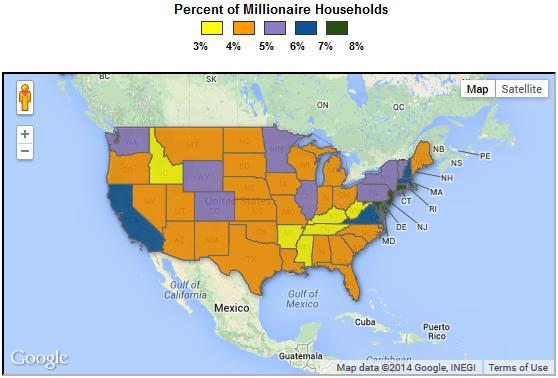
Where Are The U.S's Millionaires? Two words: North Dakota. Here's an excerpt of an interesting article at
The Wall Street Journal: "
The
state making the fastest climb up the millionaire rankings doesn’t have
a single Tiffany or Saks Fifth Avenue store. The closest BMW dealership
is a six-hour drive from the capital. Welcome to North Dakota, which
jumped 14 spots in the annual rankings of millionaire households per capita released by Phoenix Marketing International. The firm derives its figures from a combination of data from the Federal Reserve, Census Bureau and polling firm Nielsen Co. (See a slideshow of the top 10 states).
There were approximately 53,000 more millionaire households in the U.S.
last year than in 2012, according to Phoenix, a market research firm
based in Rhinebeck, N.Y..."
What Happens When The President Sits Down Next To You At A Cafe. I enjoyed this article from Robinson Meyer at
The Atlantic; here's an excerpt: "...
When
the president arrived, 40 minutes later—stepping out of his SUV,
smiling, with a little wave—the nerves subsided. The cafe is split into
two long halves, and he first turned to visit its opposite half,
smiling, shaking hands, shaking more hands. And then—for the first time
in nearly an hour—I could work. I found that I was so accustomed to his
voice, how he holds his body, his aura, that ignoring him in person is
as easy as ignoring a TV. Easier, in fact. He stops being the president
and starts being That Guy Who You See In Tweets, That Guy Who Gives
Speeches, That Guy..."
Photo credit above: "
The author, at "work". (Pete Souza/The White House).
Tumbleweed Drifts? This is a new one. Thanks to Bryan Franzen and the
North Platte, Nebraska office of the National Weather Service.
TODAY: Blue sky, winds ease. Winds: NW 10. High: 12
FRIDAY NIGHT: Clouds increase, temperatures hold nearly steady. Low: 11
SATURDAY: Next clipper: 1-2" snow, more north/east of MSP. High: 26
SUNDAY: Fleeting thaw. Soak it up. Wake-up: 14. High: 33
MONDAY: Few flakes, colder wind returns. Wake-up: 18. High: 20 (falling during the day)
TUESDAY: A fine arctic breeze. Nippy. Wake-up: -8. High: 2
WEDNESDAY: Sunny start, light snow late? Wake-up: -4. High: 11
THURSDAY: Early flakes, then colder again. Wake-up: 6. High: 16
* Wacky, vaguely troubling snowman photo courtesy of WeatherNation TV meteorologist Todd Nelson.
Climate Stories...
Did Weird 2013 Weather Track With Global Warming? Here's a clip from an article at
ABC News: "...
Climate
scientist Deke Arndt says overall, 2013 was a relatively “benign” year
for weather extremes compared with previous years. But he says climate
scientists are “very confident” about climate impacts that are already
happening as humans continue warming the planet. The average temperature
of 52.4 degrees Fahrenheit exceeded the previous century’s average, the
agency said. “We expect to see more ‘big heat’, or stronger, more
frequent and longer-lasting heat waves as the world gets warmer,” said
Arndt, who works as the chief of the climate monitoring branch at NOAA’s
National Climatic Data Center in Ashville, N.C..."
Photo credit above: "
A fire restriction sign is partially burnt by the Rim Fire near Buck Meadows, Calif., Aug. 22, 2013." Max Whittaker/Reuters.
BP Study Predicts Greenhouse Gas Emissions Will Rise By Almost A Third In 20 Years.
The Guardian has the article - here's the intro: "
Global
greenhouse gas emissions are set to rise by nearly a third in the next
two decades, putting hopes of curtailing dangerous climate change beyond reach, a new report by BP
has found. The drastic rise in emissions, despite international efforts
to cut carbon, will come despite the predicted enormous growth in the
use of shale gas, according to the oil
and gas giant. Shale gas – previously inaccessible because the
exploitation of these resources requires technology only recently
perfected – will account for a rising proportion of the growth in energy in the years to 2035, but its use will not cause a decline in greenhouse gases..."
BP Sees Renewables Outpacing Fossil Fuels, Eclipsing Nuclear.
Once consumers realize they can save money, long-term, and do something
good for the environment in the process, solar power will continue to
scale - especially when the cost of battery storage drops to a point
where it becomes a no-brainer. Details from
Bloomberg: "
Renewables
will continue to be the fastest-growing energy source, supplying a
bigger share of the world’s needs than nuclear by 2025, according to BP Plc. (BP/)
Sources such as wind and solar will increase at an average of 6.4
percent a year to 2035, compared with natural gas, the fastest-growing
fossil fuel, at 1.9 percent, BP said today in its Energy Outlook 2035.
Renewables will produce 14 percent of the world’s power by that year
from 5 percent in 2012, bolstered by growth from the poorer nations
outside the Organization for Economic Cooperation and Development..."
Major Newspaper Coverage Of Climate Change Plummeted Last Year.
Grist has news of the troubling trends. I don't think it's a secret
that media reacts to weather vs. larger (global) changes in climate.
Grist explains: "
We were feeling optimistic a couple of weeks ago when we reported
that mainstream media coverage of climate and energy issues was up last
year. But it turns out that if you remove the “and energy,” the numbers
are actually pretty depressing. The University of Colorado’s Center for
Science & Technology Research monitors mentions of “global warming” and “climate change” in five major U.S. newspapers: The New York Times,
The Wall Street Journal,
The Washington Post, the
Los Angeles Times, and
USA Today... (Image credit above: University of Colorado).
* Joe Romm's take on the apparent decline in climate coverage at
Think Progress.
Study: How Broadcast News Covered Climate Change Over The Last 5 Years.
Media Matters has the report; here's a clip: "...
Network
TV newscasts aired more climate change coverage in 2013 over the
previous year, when there was less than an hour of coverage for the
whole year. Altogether, ABC, CBS and NBC reported on global warming for
nearly an hour and 42 minutes during their nightly newscasts in 2013,
compared to a combined total of less than an hour in all of 2012. The
majority of this coverage -- 58 percent -- was driven by stories on
climate change's relation to extreme weather or impacts on wildlife,
while 19 percent was driven by scientific findings, another 19 percent
by political stories related to climate change, and 4 percent by other
stories..."
Climate Change In The American Mind: Americans' Global Warming Beliefs & Attitudes In November, 2013. Here's an excerpt of a recent poll from the
Yale Project on Climate Change Communication:
"The most recent national Climate Change in the American Mind survey
found that 1 in 4 Americans think that global warming is not happening,
and half say they are "worried" about it. Other highlights include:
*
The has been an increase in the proportion of Americans who believe
global warming is not happening (23%, up 7 percentage points since April
2013). But about two in three Americans (63%) believe global warming is
happening, a number that has been consistent since spring 2013...."
The
most recent national Climate Change in the American Mind survey found
that 1 in 4 Americans think that global warming is not happening, and
half say they are "worried" about it.
Other highlights include:
- There
has been an increase in the proportion of Americans who believe global
warming is not happening (23%, up 7 percentage points since April 2013).
But about two in three Americans (63%) believe global warming is
happening, a number that has been consistent since spring 2013.
- The
proportion of Americans who say they “don’t know” whether or not global
warming is happening has dropped 6 points – from 20% to 14% – since
spring of 2013.
- See more at: http://environment.yale.edu/climate-communication/article/Climate-Beliefs-November-2013/#sthash.NaSz2APK.dpuf
has the latest; here's the introduction: "
Arctic sea ice has been retreating at an alarming rate due to climate change. Its loss has decreased habitat for species such as the polar bear, created problems for Arctic communities, and may even be affecting weather patterns outside the region. New research published in Nature
on Wednesday adds another impact to the list, suggesting that cracks in
the ice are affecting complex chemical processes in the atmosphere and
causing more mercury to find its way into the region’s ecosystems. The research was performed by Chris Moore and Daniel Obrist, both environmental scientists at the Desert Research Institute.
Their research has followed the mercury from the Dead Sea to Lake Tahoe
to the Arctic to see how it travels through the soil, water, snow, and
air. It occurs naturally in these environments, but human emissions from
burning coal also account for a growing portion of mercury around the
globe..."
Photo credit above: "
A data collection site on the frozen Arctic Ocean with instruments to measure mercury and ozone." Credit: Alexandra Steffen.


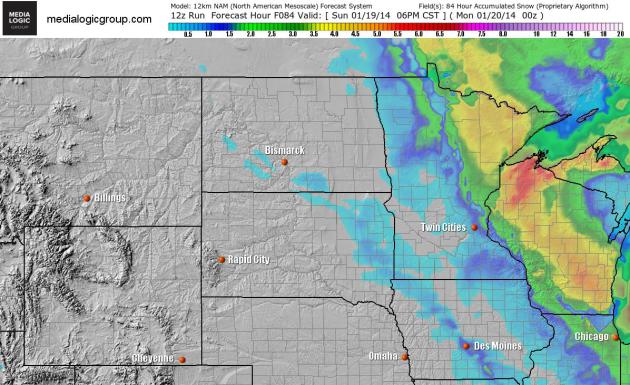
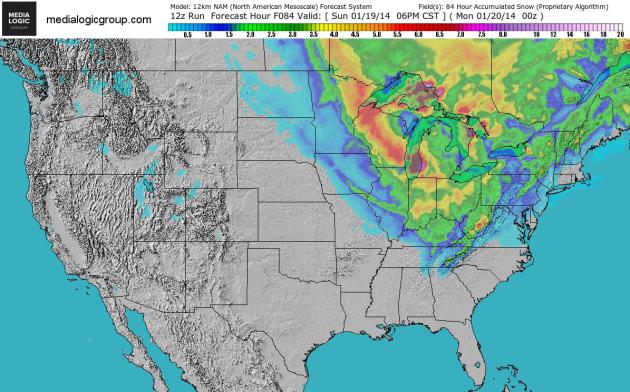
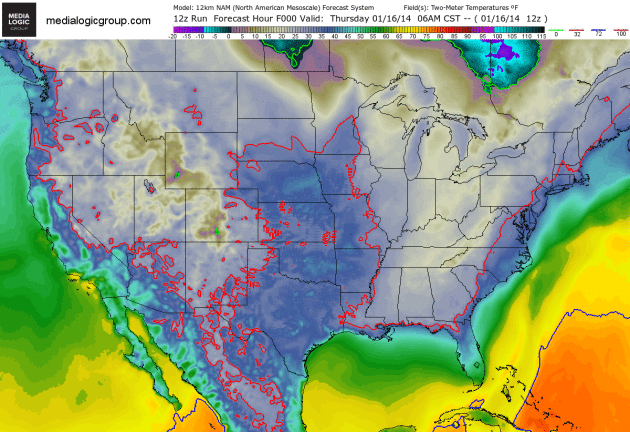
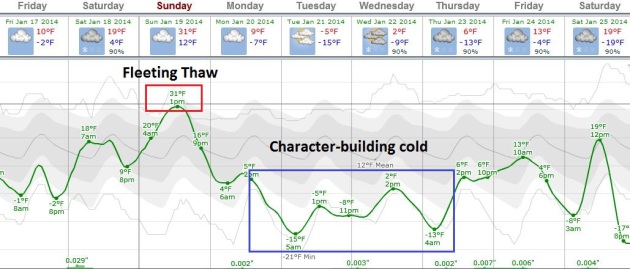



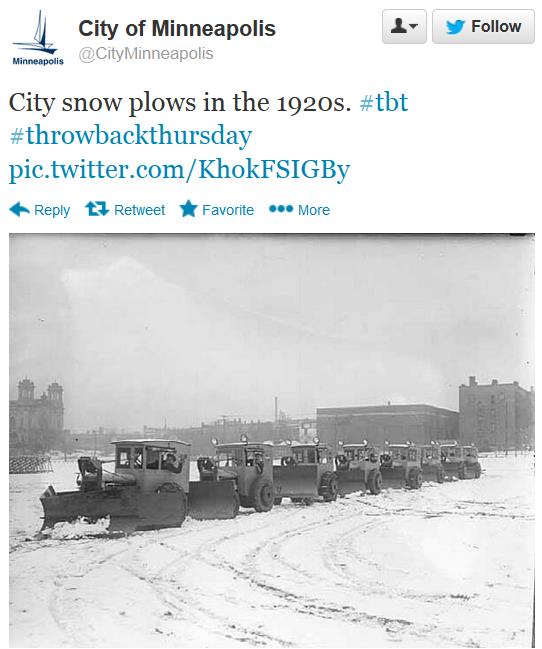
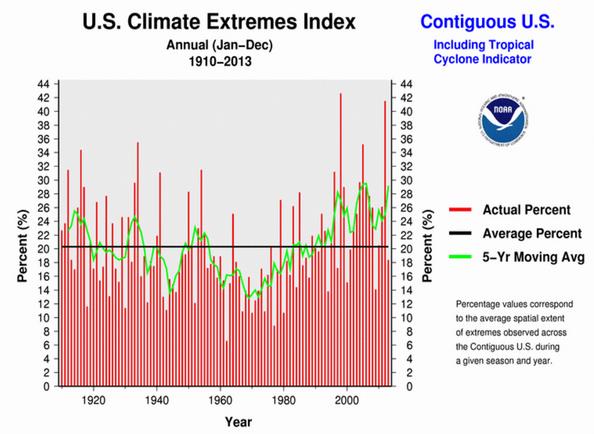
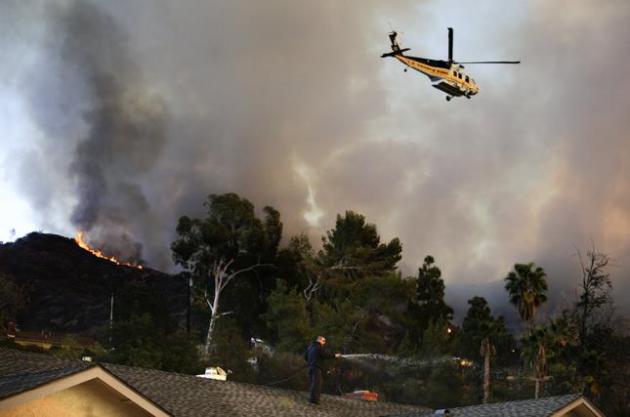



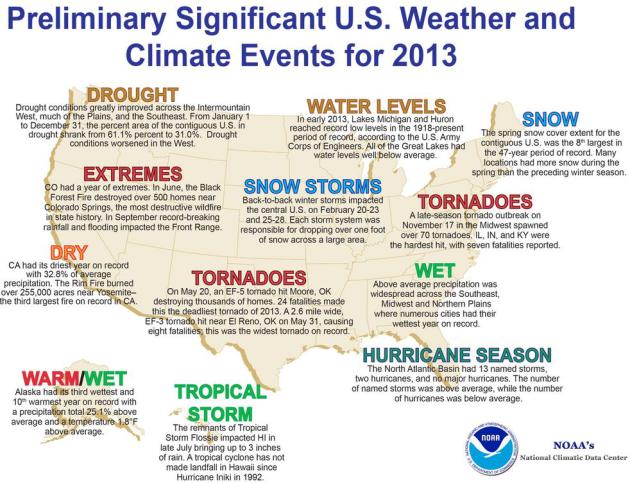

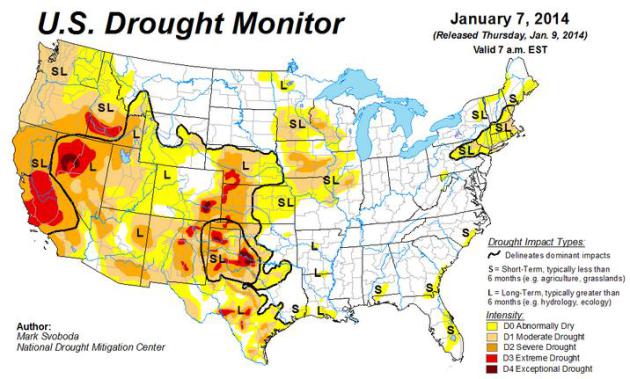
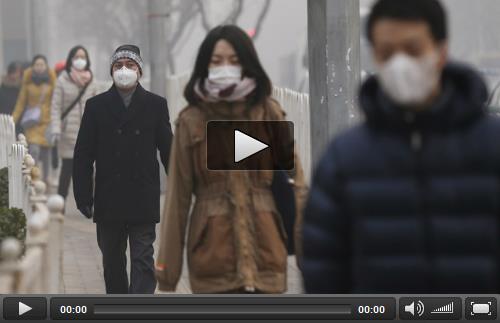
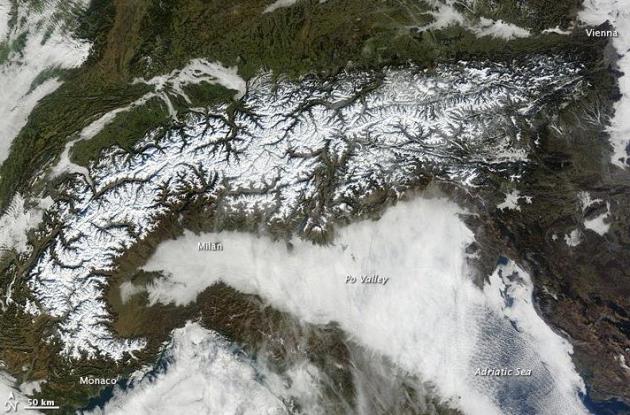





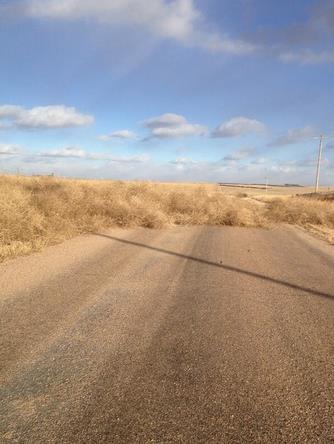
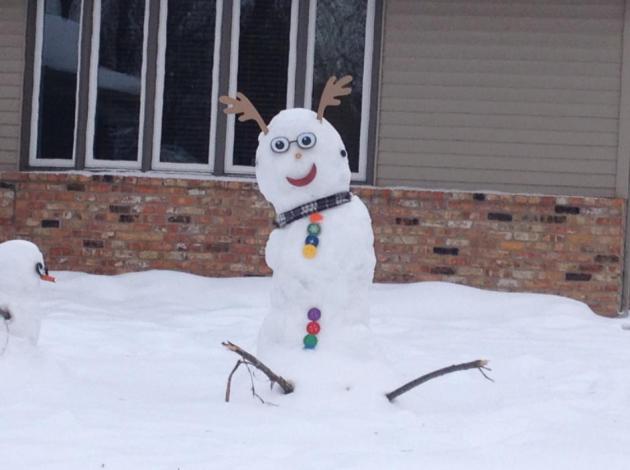
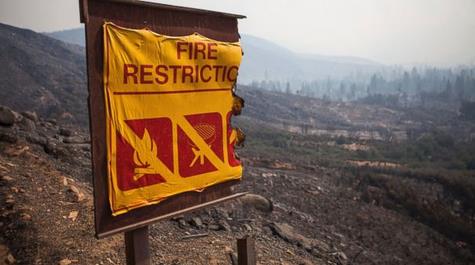


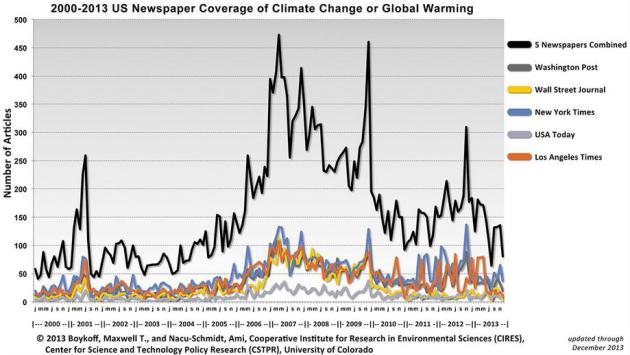


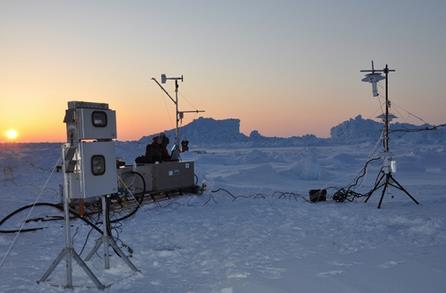
No comments:
Post a Comment